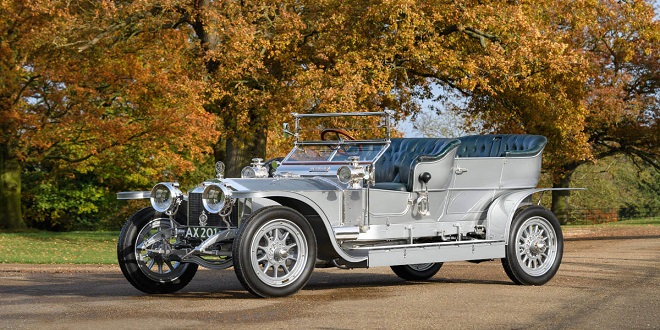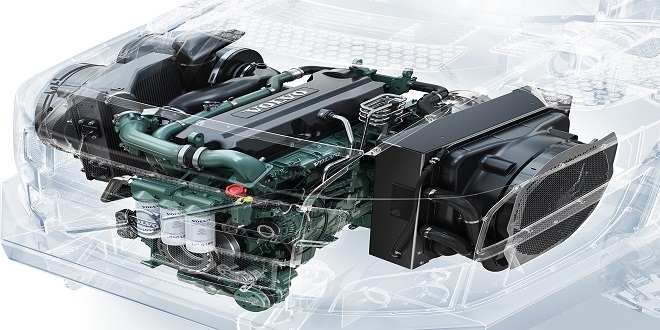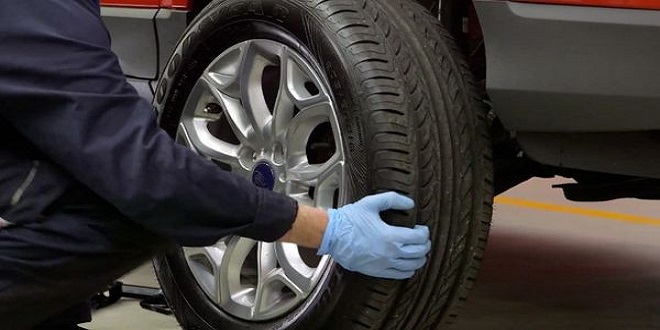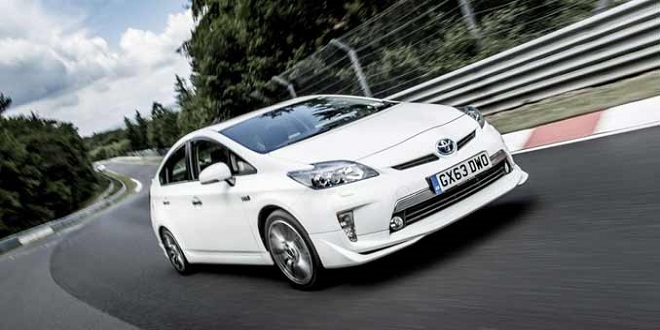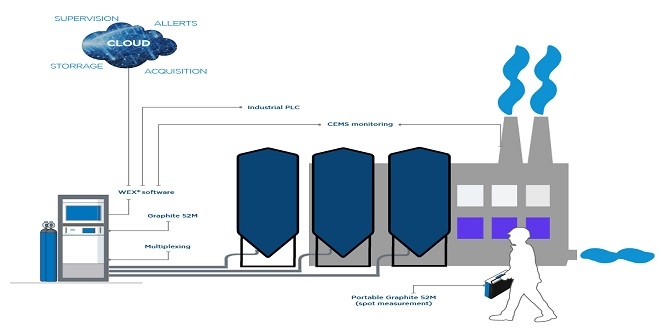Automobile Air injection system
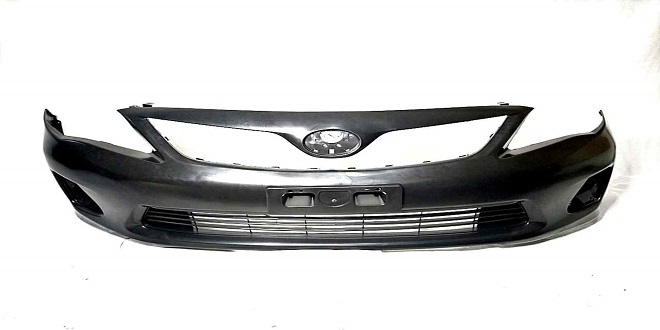
If compressed air is passed into the combustion chamber in addition to the air-fuel charge from the carburetor, better combustion and hence, reduced hydrocarbon and carbon monoxide emissions will result. This will also give a variable power boost with some saving in fuel, but extra equipment in the form of air compressor and air valves will raise the cost very much.
In this system, compressed air is injected into each exhaust port slightly downstream of the exhaust valve. The injected air mixes with very hot, fully and partially burned exhaust gases and causes oxidation of the CO and hydrocarbons.
This fresh air supplies excess oxygen to oxidize HC and CO into CO2 and water vapor. A check valve is meant to prevent backflow whenever exhaust pressure is greater than air pump pressure. This may happen in the event of pump belt failure, excessively high exhaust system pressure or rupture of the air hose. The diverter valve is operated by a vacuum diaphragm. When idling or in part or full throttle conditions, the manifold vacuum is not enough to move the diverter valve diaphragm.
However, on sudden deceleration, manifold vacuum increases to lift the diverter valve diaphragm thereby diverting the air to the atmosphere or air cleaner. The high manifold vacuum draws a rich mixture from the carburetor which is too difficult to ignite in the combustion chamber, and because of this, it goes out in the exhaust manifold.
When air is pumped into the exhaust manifold, the mixture becomes lean and would ignite when hot exhaust gases are released next from the cylinder. This may result in a dangerous explosion into the exhaust system. The diverter valve by diverting the airflow under conditions prevents this backfiring. Air injection systems work more precisely when computer control is used. This method of exhaust cleaning does not affect engine efficiency.
PULSE AIR INJECTION REACTOR (PAIR) SYSTEM
Some engines do not require all the air supplied by the pump in the air injection system. Such engines may be provided with a pulse air system. The system employs the pressure pulses of the exhaust to pull air into the exhaust system. When the exhaust valve opens, exhaust gases rush out at high speed. Due to their inertia, more exhaust is pulled from the cylinders as the exhaust valve closes, causing there by a partial vacuum in the exhaust ports.
CATALYTIC CONVERTERS
A catalytic converter is a cylindrical unit about the size of a small silencer and is installed into the exhaust system of vehicles such as a car, scooters etc. It is placed between the exhaust manifold and the silencer. Inside the converter, there is a honeycomb structure of a ceramic or metal, which is coated with alumina base material and thereafter the second coating of precious metals like platinum, palladium or rhodium or combinations of the same.
This second coating serves as a catalyst. A catalyst is a substance that causes a chemical reaction that normally does not happen in the given conditions. As a result of catalytic reaction, as the exhaust gases pass over the converter substrate and toxic gases such as CO, HC and NO2 are converted into harmless CO2, H2, and N2.
Last word
The catalyst allows the oxidation of the exhaust gases at a much lower temperature than in the combustion chamber. With temperatures exceeding 300°C, the steady-state conversion efficiencies of a new converter are about 98% for carbon monoxide and about 95% for hydrocarbons.

